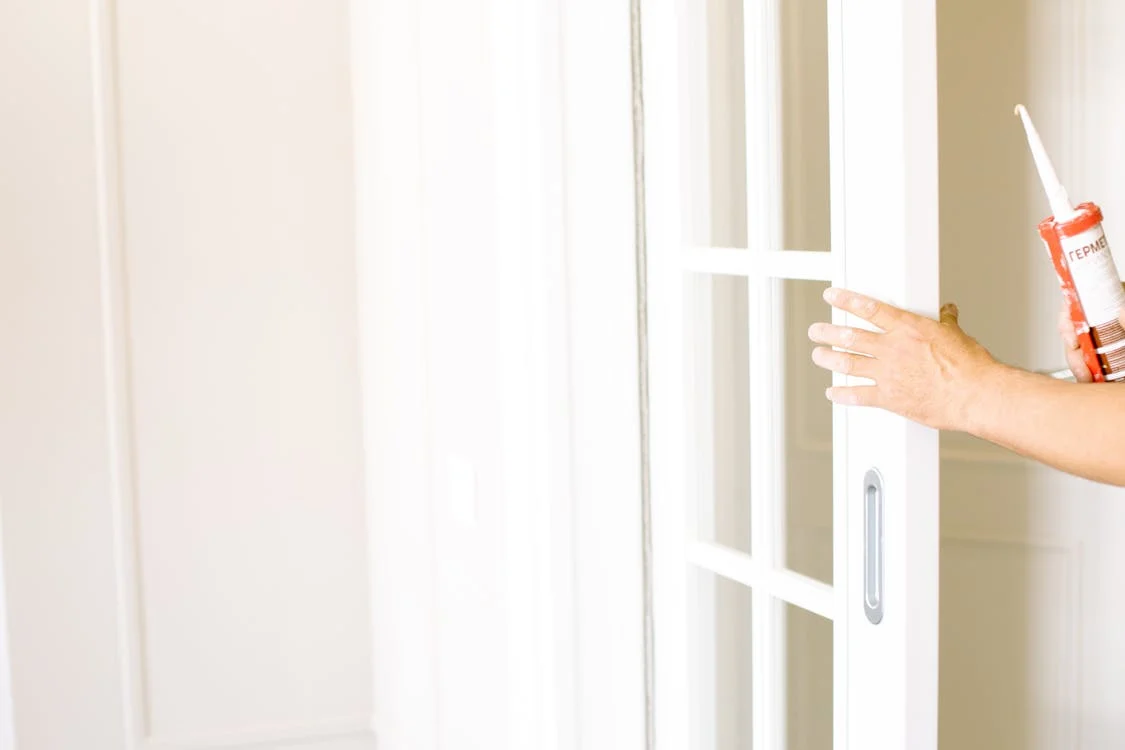By using our website, you agree to the use of cookies as described in our Cookie Policy
a
Rss Feed
Home office furniture and Productivity: Understanding the Relationship for Optimal Performance
The connection between home office furniture and productivity is a crucial yet often underestimated aspect of creating a conducive work environment. Beyond mere functionality and aesthetics, the right choice of furniture can significantly impact the well-being and performance of employees. In this article, we delve into the intricate relationship between furniture and productivity, shedding light on how thoughtful design can enhance overall work performance. The relationship between the two is symbiotic: well-designed furniture enhances comfort, ergonomics, and organization, thereby reducing distractions and promoting sustained concentration. A supportive chair, ergonomic desk, and efficient storage solutions not only promote physical well-being but also facilitate mental clarity and productivity. Top of Form
Ergonomics as a Foundation:
Ergonomic home office furniture forms the cornerstone of a productive workspace. Chairs, desks, and accessories designed with ergonomics in mind contribute to the physical well-being of employees. Properly aligned furniture reduces the risk of musculoskeletal issues, supports good posture, and ensures that employees can work comfortably for extended periods, boosting overall productivity.
Flexible Workstations for Dynamic Tasks:
Modern work environments often demand flexibility. Adaptable workstations, featuring adjustable desks and movable furniture, empower employees to configure their workspace according to the task at hand. Whether working individually, collaborating with teammates, or engaging in a creative brainstorming session, flexible furniture supports dynamic work patterns, fostering increased efficiency and engagement.
Comfortable Seating for Prolonged Focus:
Comfortable seating is not just a luxury but a necessity for sustained focus and productivity. Well-designed chairs with proper lumbar support and cushioning contribute to employee well-being, reducing discomfort and distractions. Comfortable seating encourages employees to remain focused on their tasks, leading to improved productivity over time.
Aesthetics and Mood Enhancement:
The visual appeal of home office furniture plays a crucial role in setting the mood for productivity. A thoughtfully designed workspace with aesthetically pleasing furniture contributes to a positive and inspiring atmosphere. Colors, textures, and overall design coherence influence the psychological well-being of employees, fostering a conducive environment for heightened productivity.
Optimal Space Utilization:
Efficient use of space is integral to a productive workspace. Well-designed furniture that maximizes available space and minimizes clutter creates an organized and efficient environment. Optimally utilized space ensures that employees can move freely, access resources easily, and collaborate seamlessly, all of which contribute to enhanced productivity.
Task-Specific Furniture for Specialized Roles:
Different roles within an organization often require specialized furniture to support specific tasks. Whether it's ergonomic drafting chairs for designers, standing desks for individuals who prefer an upright position, or collaborative furniture for team meetings, task-specific furniture enhances the efficiency and comfort of employees in their designated roles.
Noise Reduction for Concentration:
Acoustic considerations in furniture design are crucial for reducing noise and distractions. Open office plans and collaborative spaces, while fostering communication, can also lead to increased noise levels. Furniture with sound-absorbing properties, such as acoustic panels or furniture designed to dampen sound, can create a quieter environment conducive to focused work.
Integrating Technology Seamlessly:
In today's tech-driven workplace, the seamless integration of technology is paramount. Furniture with built-in charging ports, cable management solutions, and smart features contributes to a streamlined and organized workspace. Technology-integrated furniture ensures that employees can seamlessly connect and collaborate, minimizing disruptions and enhancing overall productivity.
By understanding this relationship, individuals can customize their home workspaces to suit their unique needs, leading to enhanced efficiency, creativity, and overall job satisfaction. Ultimately, investing in quality home office furniture is an investment in one's professional success and well-being.
Conclusion:
The relationship between furniture and productivity extends beyond the mere physical aspects of the workspace. Thoughtfully designed, ergonomic furniture contributes to the well-being, comfort, and efficiency of employees. From flexible workstations and comfortable seating to aesthetically pleasing designs and task-specific furniture, each element plays a crucial role in creating an environment that nurtures optimal performance. By understanding and prioritizing the relationship between furniture and productivity, organizations can create workspaces that not only support daily tasks but also contribute to the overall success and well-being of their workforce.
‹ Back





.png)
